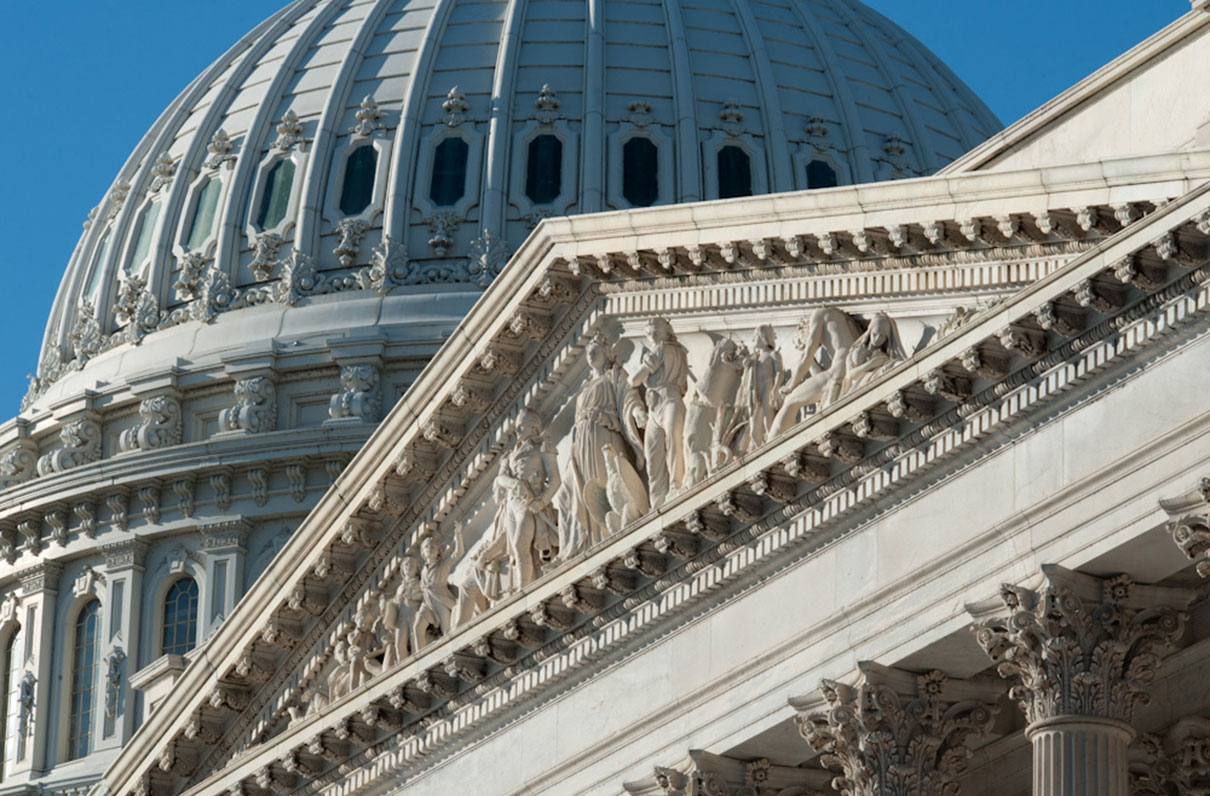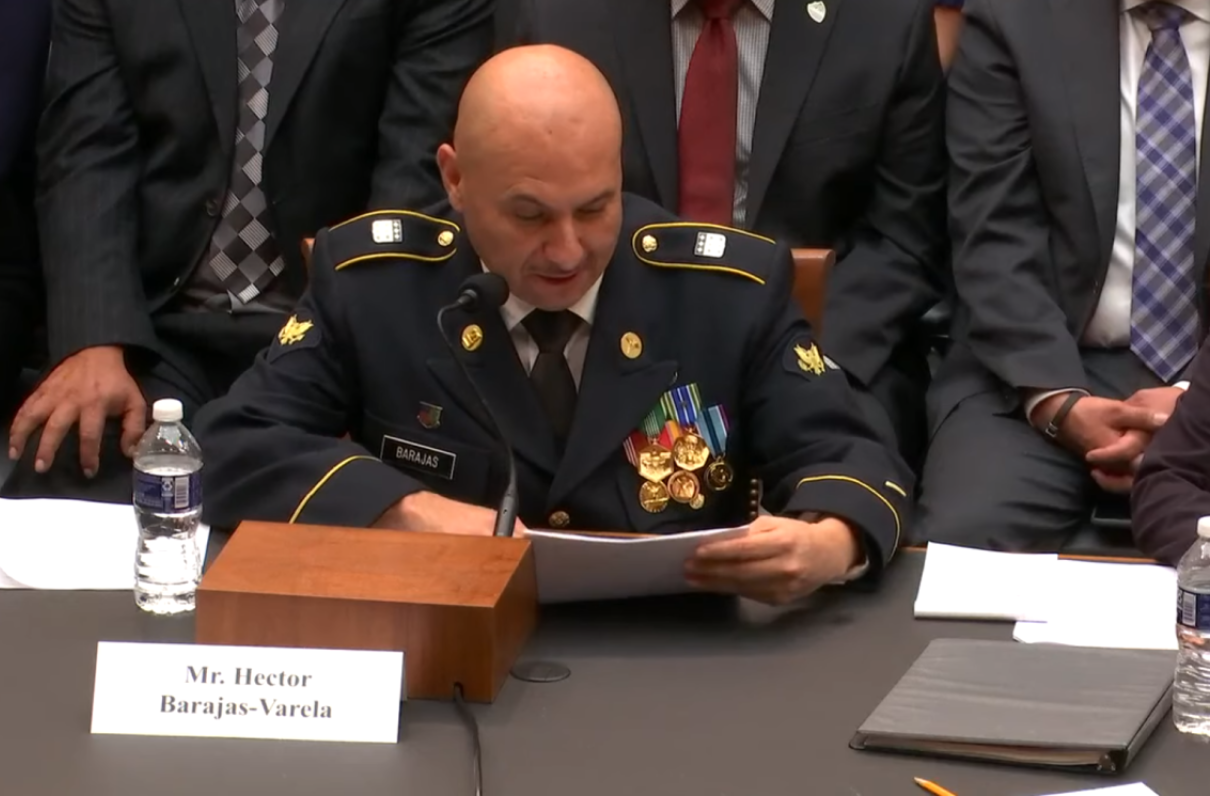(Updated 7:50 p.m., Nov. 21)
The President on Thursday evening signed a measure to keep the government funded until Dec. 20, executing on legislation that passed the Senate in the afternoon and the House on Tuesday. Absent the measure, the government would have shut down at midnight Nov. 21. The move gives lawmakers an additional month to finish their work on FY 2020 spending bills.
Earlier this summer, lawmakers agreed to a two-year budget deal to raise discretionary limits for defense and non-defense programs. But partisan disagreements over spending priorities stymied work allocating funds to individual agencies. As a result, the government has operated under a continuing resolution since the Oct. 1 start of the fiscal year.
One of the challenges appropriators faced was how to deal with the costs of providing private-sector medical care for veterans who have trouble accessing services at VA facilities. Appropriators said the additional money required to pay for expanded veterans’ services crowded out funding for other non-defense priorities.
To help expedite the budget talks, House lawmakers proposed using emergency funding to cover new costs for private veterans’ health care. In previous budget discussions, the administration opposed spending above budget cap levels to pay for the expanded services.
[RELATED: ‘Skinny’ NDAA Leaves Out Critical Protections for Troops, Veterans and Widows]
Lawmakers from both parties and defense leaders all agree that continuing resolutions are disruptive to servicemembers and military readiness, but they also agree that the resolutions are preferable to a government shutdown. Disagreements over funding priorities last year resulted in a 35-day partial government shutdown that ran from Dec. 22 to Jan. 25.
The partial shutdown was the longest in American history and resulted in members of the Coast Guard, U.S. Public Health Service Commissioned Corps, and National Oceanic and Atmospheric Administration Commissioned Corps working without pay.
According to Coast Guard Commandant Adm. Karl Schultz, the shutdown was the first time in American history that members of the armed forces were not paid during a lapse in appropriations.
The 35-day shutdown disrupted more than 800,000 federal workers and contractors and cost the government $3 billion in lost economic activity, according to the Congressional Budget Office.
[RELATED: Senate Votes 94-0 to Recommend Repeal of Widows Tax in Final NDAA]
While a continuing resolution ensures servicemembers will have a happy Thanksgiving, another potential shutdown right before the holidays means troops may get a lump of coal in their Christmas stockings.
MOAA fought to ensure the pay and benefits of all servicemembers, active and retired, continued throughout the last shutdown. Those efforts will resume if a fix isn’t found, but for now, the push continues to pass a long-term solution that includes much-needed reforms to various military and veteran programs.
Earlier this year, Rep. Jeff Van Drew (D-N.J.) and Sen. John Thune (R-S.D.) introduced the Pay Our Coast Guard Act. The legislation would ensure members of the Coast Guard continued to receive pay during a lapse in appropriations. MOAA supported the bill, but also urged lawmakers to include language to expand protections to USPHS and NOAA Commissioned Corps members.
Learn more about those efforts, and how you can help, via MOAA’s Legislative Action Center and advocacy news page.



